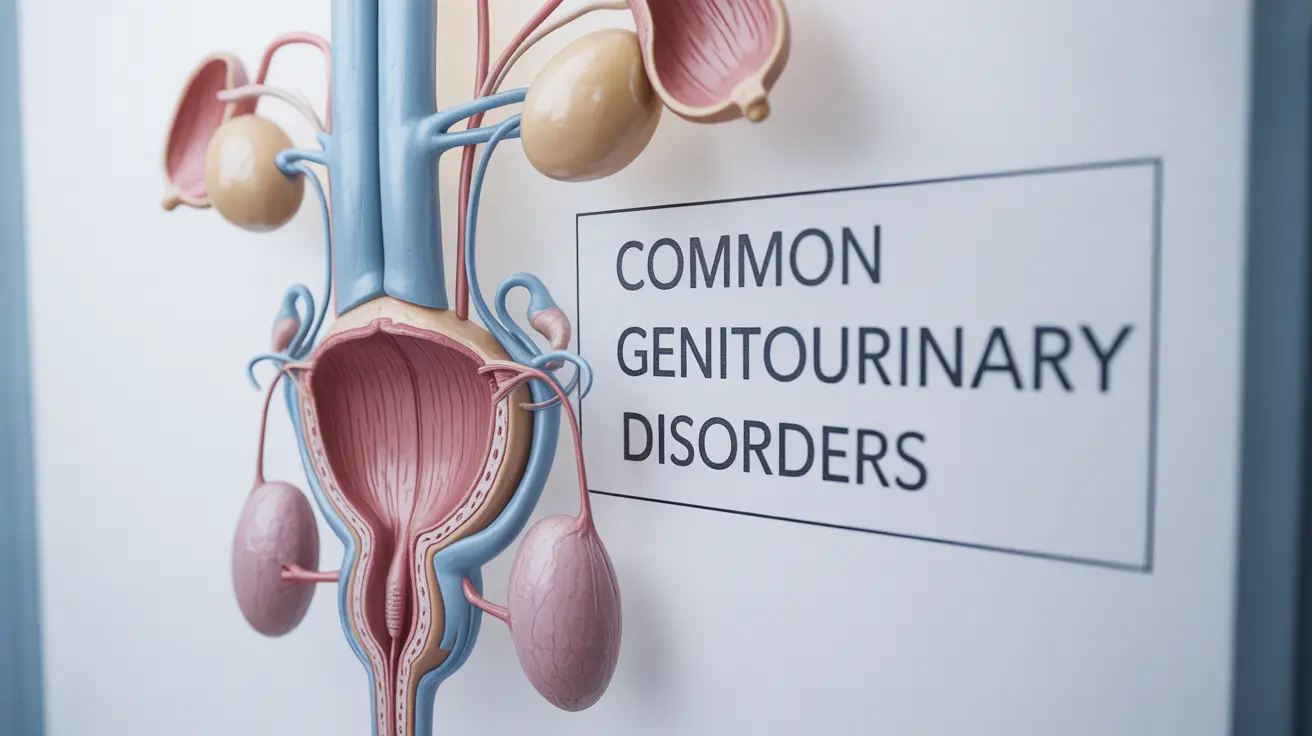Genitourinary disorders encompass a wide range of conditions affecting the urinary and reproductive systems. These conditions can significantly impact daily life and require proper medical attention for effective management. Understanding the signs, causes, and available treatments is crucial for maintaining optimal genitourinary health.
Whether acute or chronic, these disorders can affect people of all ages and genders, though some conditions may be more prevalent in specific populations. Early recognition of symptoms and prompt medical intervention often lead to better outcomes.
Common Types of Genitourinary Disorders
Genitourinary disorders can manifest in various forms, each with distinct characteristics and treatment approaches:
Urinary Tract Infections (UTIs)
UTIs are among the most frequent genitourinary conditions, particularly affecting women. These infections can occur in any part of the urinary system, causing discomfort and urgent medical needs.
Kidney Disorders
Various kidney conditions, including stones, infections, and chronic kidney disease, fall under the genitourinary umbrella. These conditions often require specialized treatment approaches and ongoing management.
Bladder Conditions
From overactive bladder to interstitial cystitis, bladder disorders can significantly affect quality of life. Many of these conditions are manageable with proper medical intervention and lifestyle modifications.
Identifying Warning Signs and Symptoms
Recognition of symptoms is crucial for early intervention. Common signs include:
- Frequent or painful urination
- Changes in urine color or smell
- Lower back or abdominal pain
- Blood in urine
- Incontinence issues
- Unusual discharge
- Reproductive system pain or dysfunction
Treatment Approaches and Management
Treatment strategies vary depending on the specific condition but may include:
- Prescription medications
- Lifestyle modifications
- Dietary changes
- Physical therapy
- Surgical interventions when necessary
- Regular medical monitoring
Prevention and Risk Reduction
Many genitourinary disorders can be prevented or their risk reduced through:
- Proper hygiene practices
- Adequate hydration
- Regular exercise
- Balanced diet
- Prompt treatment of underlying conditions
- Regular medical check-ups
Frequently Asked Questions
What are the most common symptoms of genitourinary disorders?
Common symptoms include painful or frequent urination, changes in urine appearance, pelvic pain, incontinence, and unusual discharge. The specific symptoms depend on the particular condition and its severity.
How are urinary tract infections typically treated, and what are some prevention strategies?
UTIs are usually treated with antibiotics, and prevention strategies include proper wiping technique, staying hydrated, urinating after sexual activity, and maintaining good hygiene. Some people may benefit from cranberry supplements or probiotics.
What are the differences between acute and chronic genitourinary conditions?
Acute conditions develop suddenly and typically resolve with treatment, while chronic conditions persist over time and often require ongoing management. Acute conditions might include UTIs, while chronic conditions could include recurring kidney stones or permanent bladder disorders.
Can lifestyle changes help manage symptoms of genitourinary disorders like urinary incontinence?
Yes, lifestyle modifications can significantly impact symptom management. These may include pelvic floor exercises, bladder training, dietary adjustments, and maintaining a healthy weight. Regular exercise and proper hydration also play important roles.
What are the main causes and risk factors for developing genitourinary system disorders?
Risk factors include age, gender, family history, certain medical conditions, poor hygiene, sexual activity, pregnancy, and anatomical abnormalities. Some medications and lifestyle factors can also increase the risk of developing these disorders.
Understanding and addressing genitourinary disorders promptly is essential for maintaining overall health and quality of life. Always consult healthcare professionals for proper diagnosis and treatment plans tailored to your specific condition.




